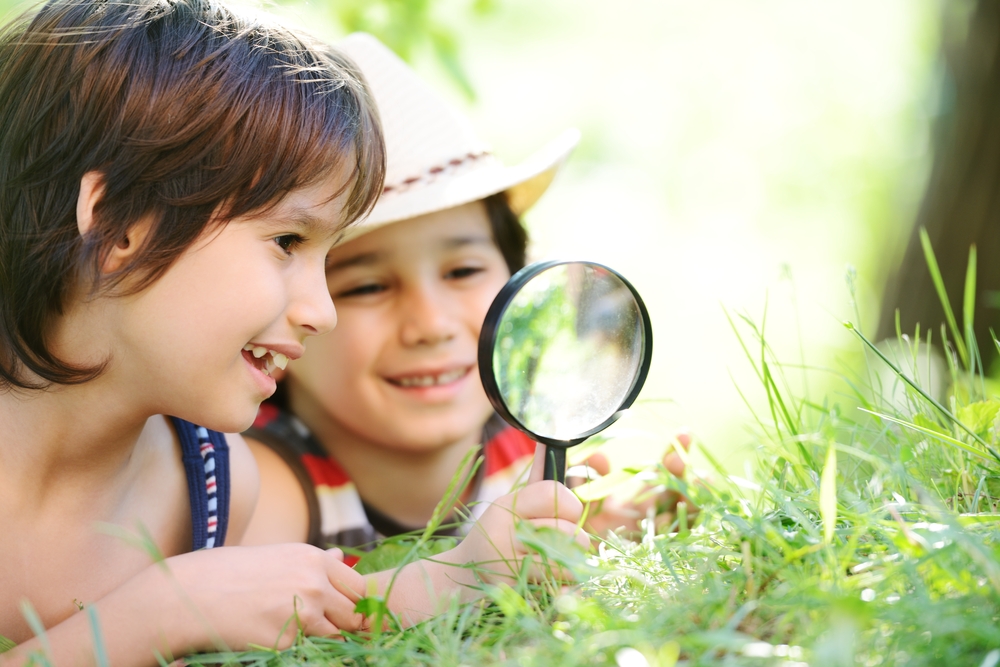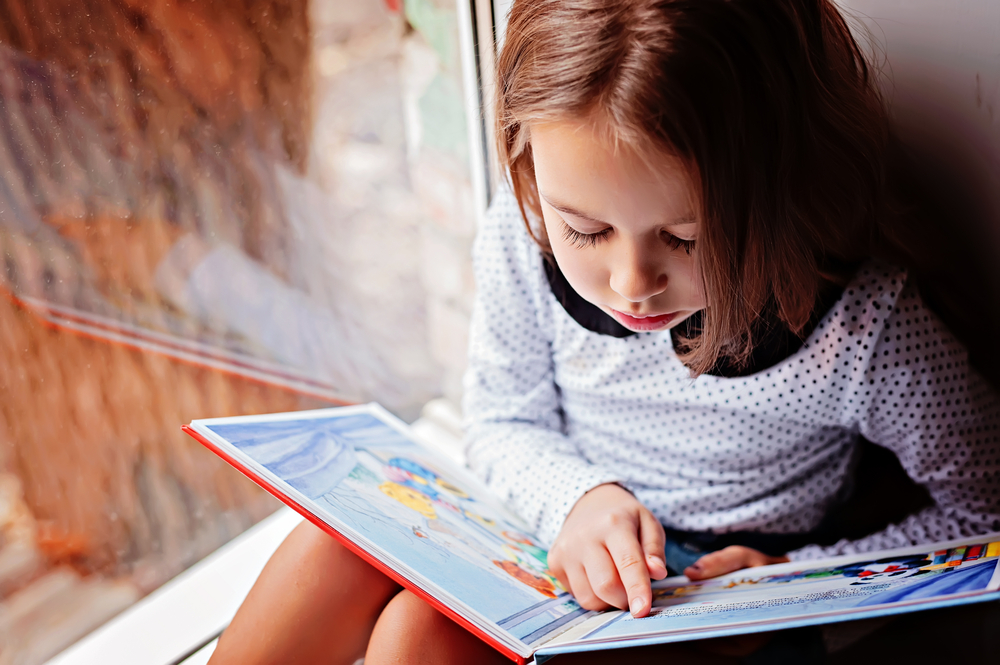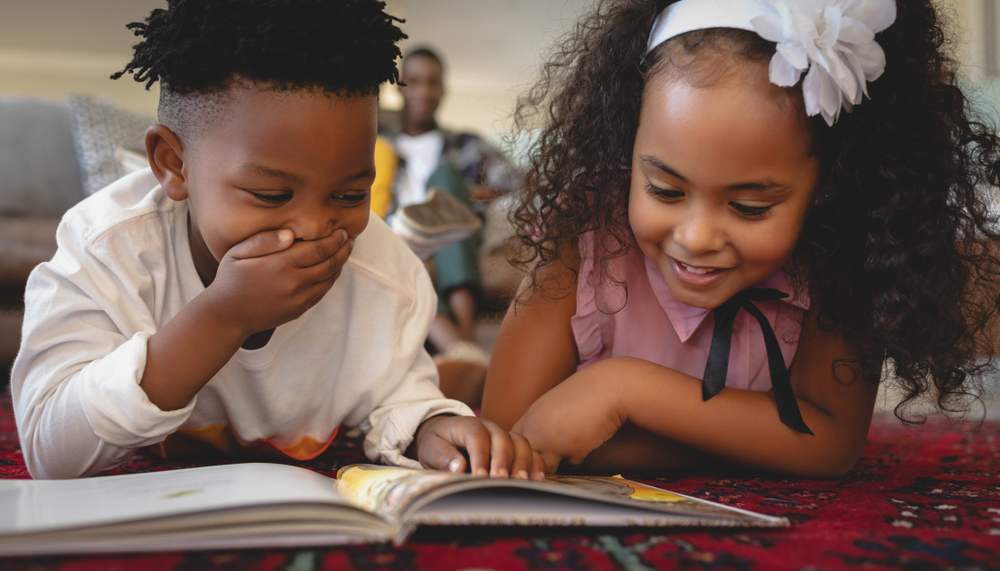Reading comprehension Normal Reading Fiction Worksheets for 3-Year-Olds
10 filtered results
-
From - To
Enhance your 3-year-old's reading journey with our engaging Normal Reading Fiction Worksheets designed to boost reading comprehension skills! Tailored specifically for young learners, these worksheets make storytelling enjoyable while fostering critical thinking. Packed with colorful illustrations and age-appropriate activities, children will embark on adventures with beloved characters, improving their ability to understand and recall story elements. Parents and teachers can use these resources to encourage discussion and enhance vocabulary. Perfect for at-home learning or classroom activities, our worksheets lay a strong foundation for a love of reading. Discover the joy of reading comprehension with our interactive and fun-filled fiction resources!
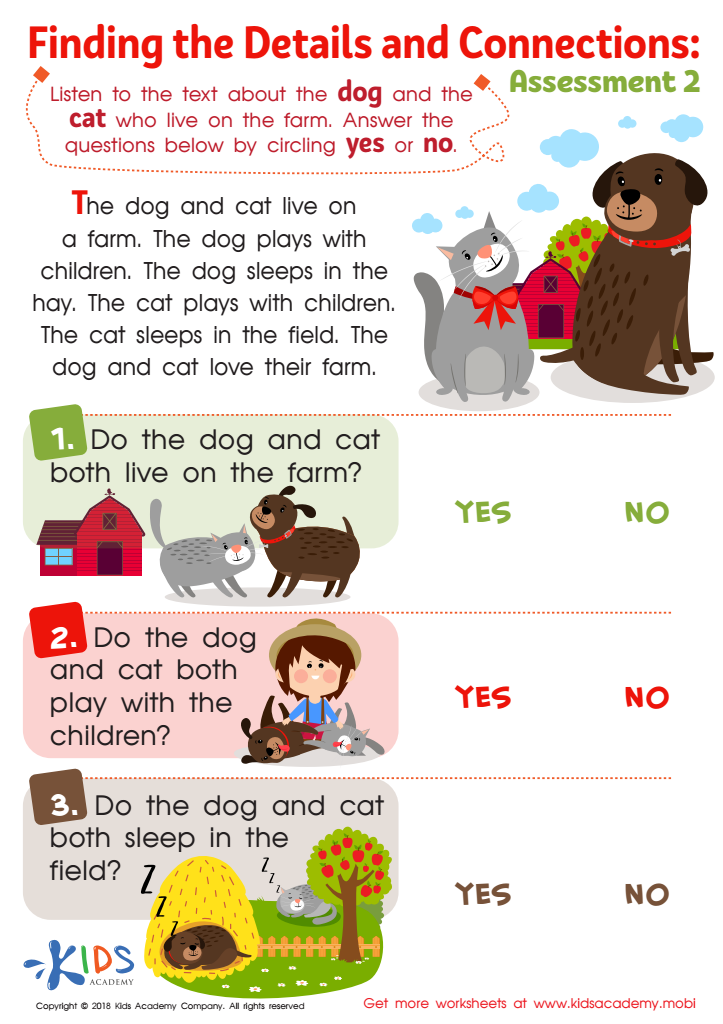

Finding the Details and Connections: Assessment 2 Worksheet
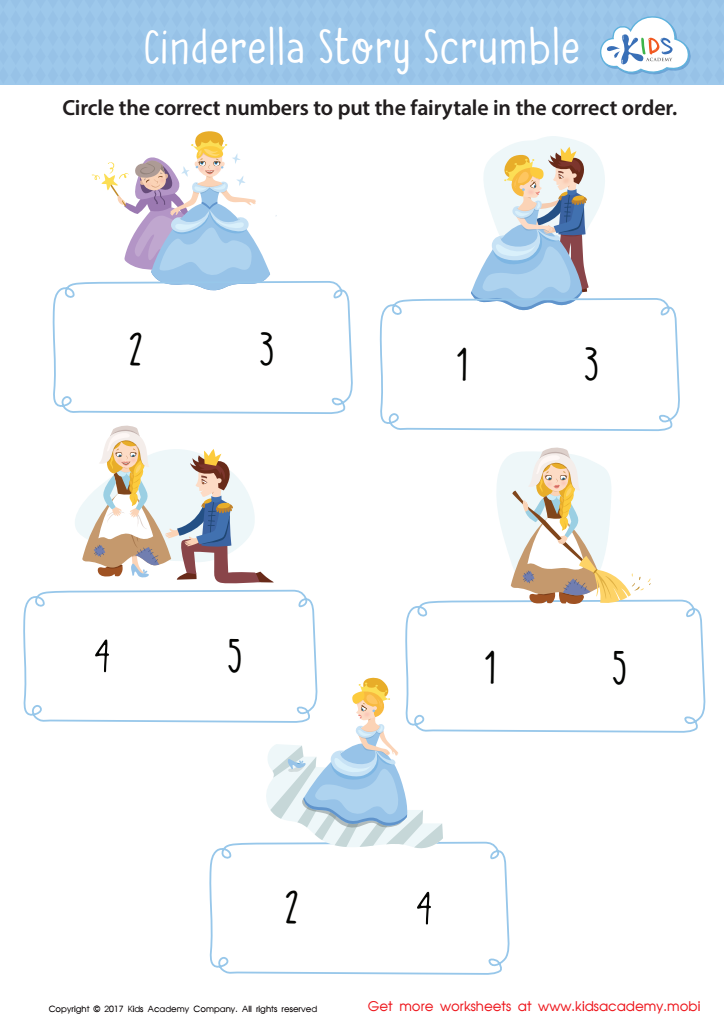

Cinderella Story Sequencing Worksheet
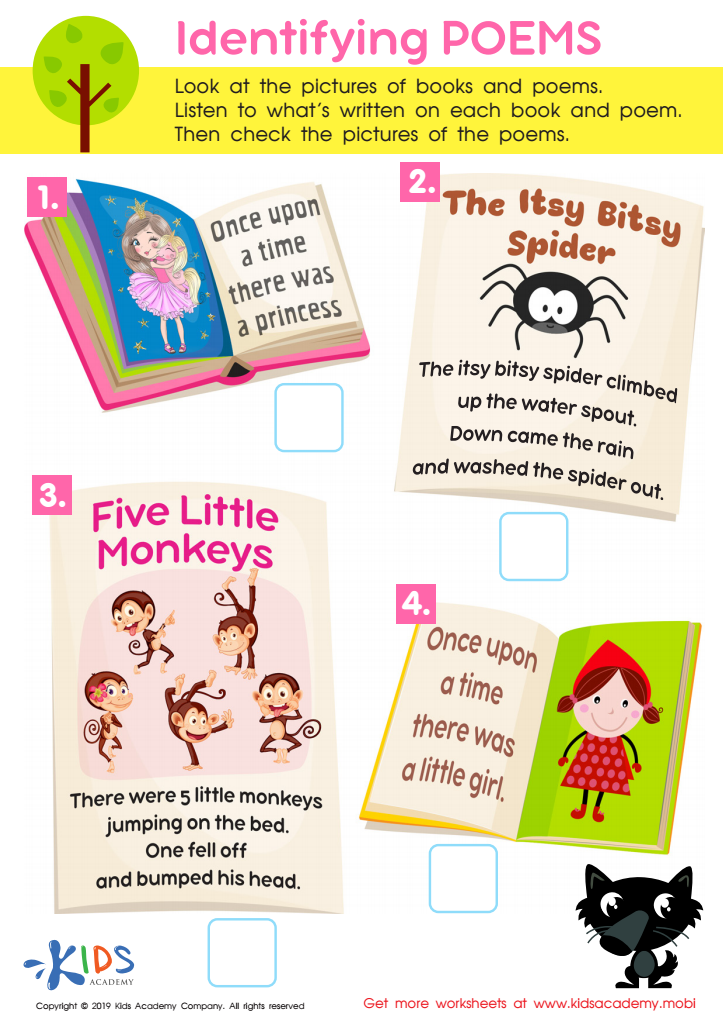

Identifying Poems Worksheet
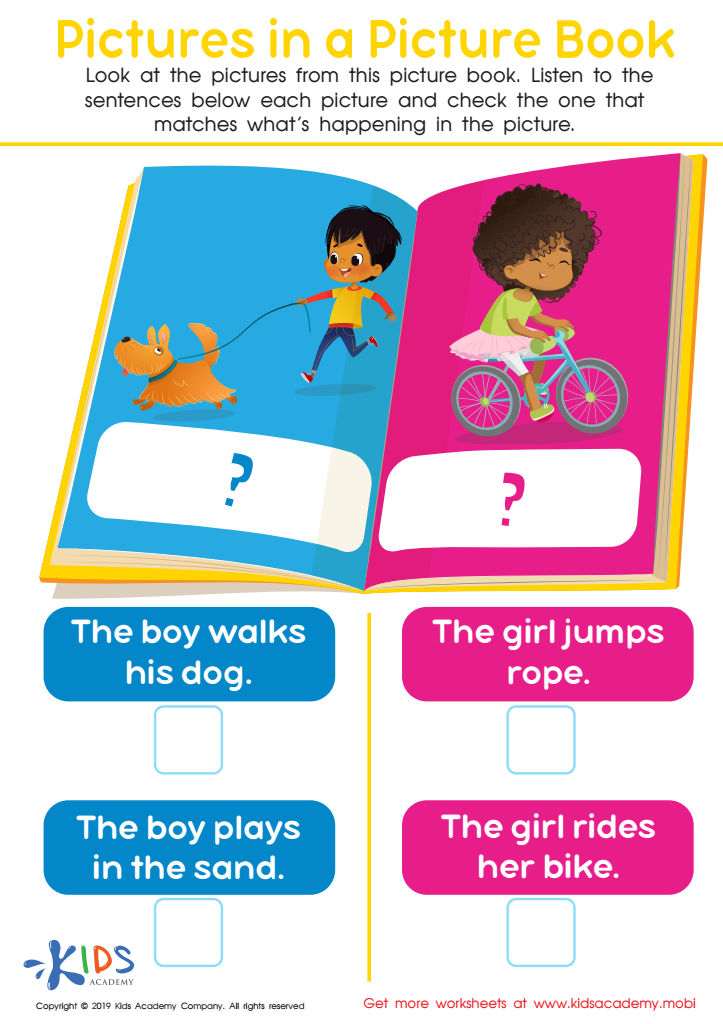

Picture in Books Worksheet
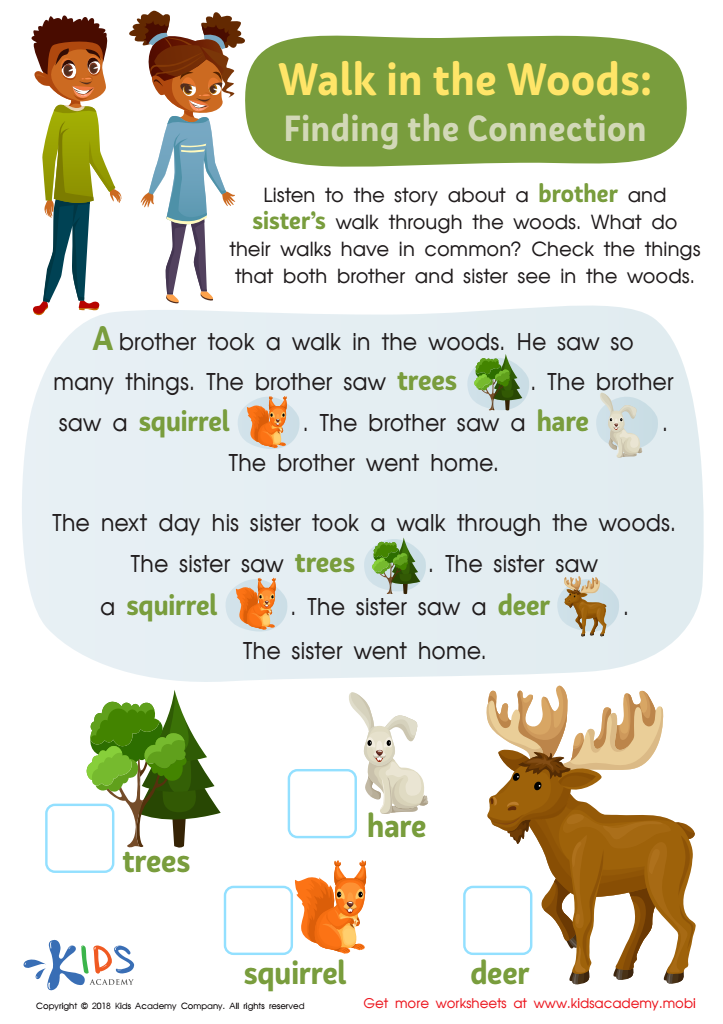

Walk In the Woods: Finding Connections Worksheet


Story Elements: Setting of a Fairy Tale Printable


Questions About Stories: Assessment 2 Worksheet
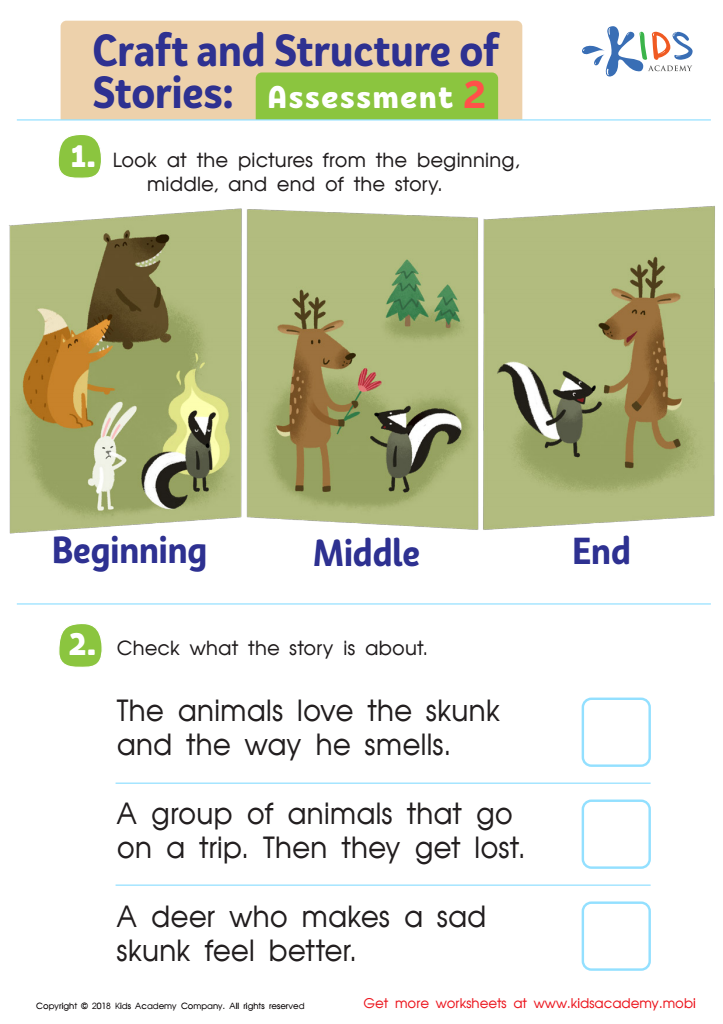

Craft and Structure of Stories: Assessment 2 Worksheet
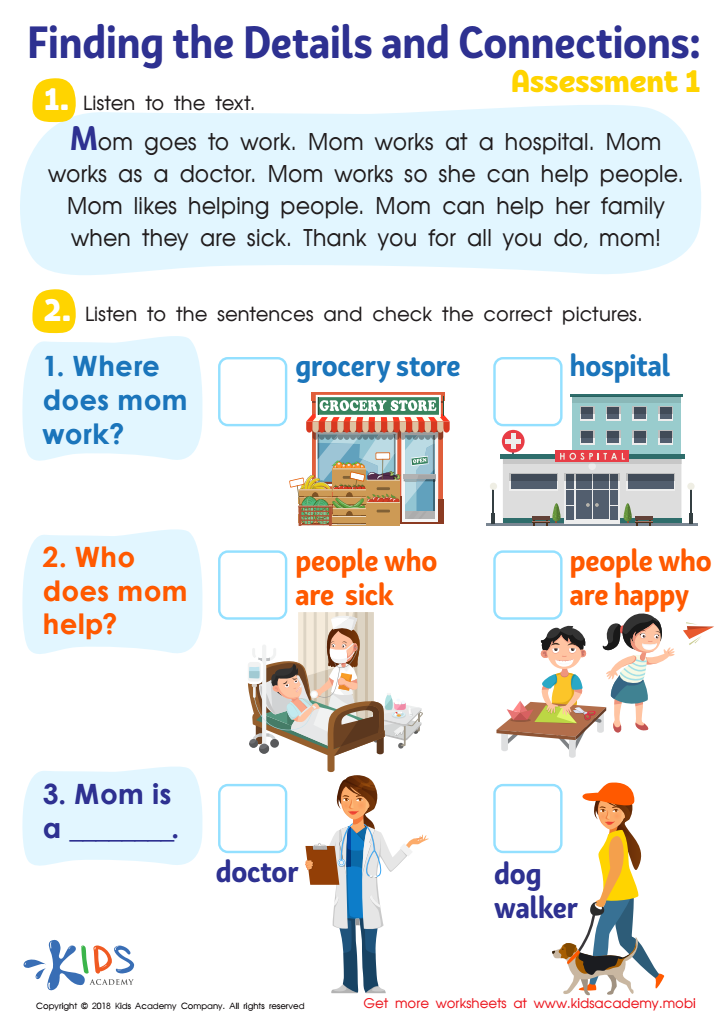

Finding the Details and Connections: Assessment 1 Worksheet
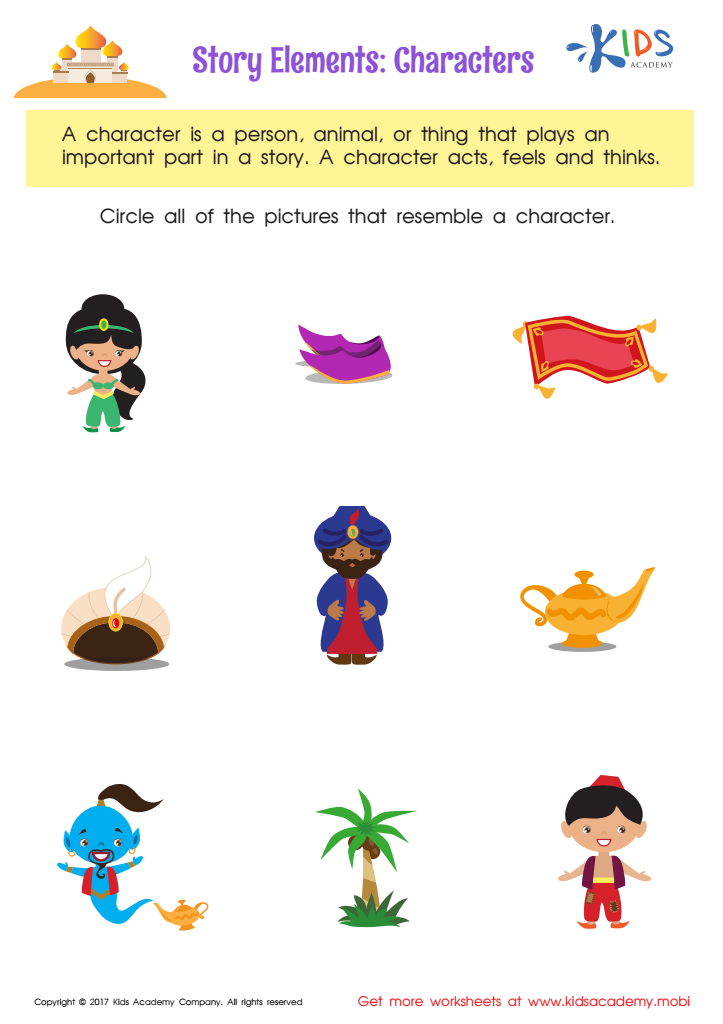

Story Elements Printable
Parents and teachers should care about reading comprehension in three-year-olds because it lays the groundwork for lifelong learning and literacy skills. At this age, children are rapidly developing language skills, and exposure to reading helps expand their vocabulary and understanding of syntax. Engaging with fictional texts fosters imagination and creativity, crucial for cognitive development.
When children listen to stories, they learn to make predictions, understand sequences, and grasp basic narrative structures, which are essential components of comprehension. Moreover, discussing the stories enhances their ability to articulate thoughts and emotions, promoting social and emotional growth.
Fictional stories often introduce moral lessons and cultural values, encouraging empathy and understanding of different perspectives. By nurturing a child's ability to comprehend reading material early on, parents and teachers empower them to think critically and develop a love for reading that can influence all areas of their education.
Furthermore, strong reading comprehension skills are linked to academic success in later years. Investing in literacy at this foundational stage is essential for fostering self-confidence and a positive attitude toward learning in children. Thus, parents and teachers play a crucial role in nurturing these skills through engaging, age-appropriate reading activities.
 Assign to My Students
Assign to My Students


